
The term “renewable energy” is thrown around a lot, whether it be
in the news, on social media, in passing, or around the water cooler with your
coworkers. Somehow, this once niche subject has crept into our everyday topics
of conversation.
Unless you’ve been living under a rock, you probably have a
cursory understanding of renewable energy. We want to take that understanding a
bit further by discussing the different renewable energy sources and describing
their respective percentages of energy production in the U.S. And we’re going
to try our best not to sound like a textbook while doing it!
According to the U.S. Energy Information Administration, renewable
energy comes from naturally occurring sources such as the sun, wind, water,
and plants that are “virtually inexhaustible.”1 This means that any energy source
deemed “renewable” cannot ever be used up or depleted. It must be renewed
frequently (within the average human lifespan) and naturally.
It’s important to note that this definition does not factor in the number of emissions these energy sources should produce to become renewable. Contrary to popular belief, the amount of emissions produced by a specific energy source does not determine if it’s renewable or not. However, this definition of being “virtually inexhaustible” does inherently separate sources of energy with higher emissions (i.e., fossil fuels) and energy sources that emit little or no greenhouse gas emissions (i.e., wind, solar, geothermal, etc.).
At Chariot Energy, we believe clean energy should be synonymous with renewable energy — energy that doesn’t emit greenhouse gases or other pollutants. However, the reality is that the terms are a bit different. Clean energy refers to energy sources that have little to no impact on the environment (i.e., emissions), whereas renewable energy refers to how available these resources are and how often they’re renewed.
Thus, clean energy also encompasses nuclear energy, which emits no
greenhouse gases, and (sometimes) natural gas – a fossil fuel that burns
cleaner than other fossil fuels. However, the power generated from natural gas
and nuclear is not renewable since they are not naturally occurring, cannot be
replenished quickly, and are not inexhaustible.
Like clean energy, green energy is also not synonymous with renewable energy. Green energy is actually a subset of renewable energy, and it represents the most environmentally beneficial forms of energy. This includes:
Renewable energy sources not considered green energy include:
In 2018, renewable energy accounted for 11% of all energy consumed
in the U.S.1 Within that 11%, let’s break down
each type of renewable energy and list them in order of consumption:
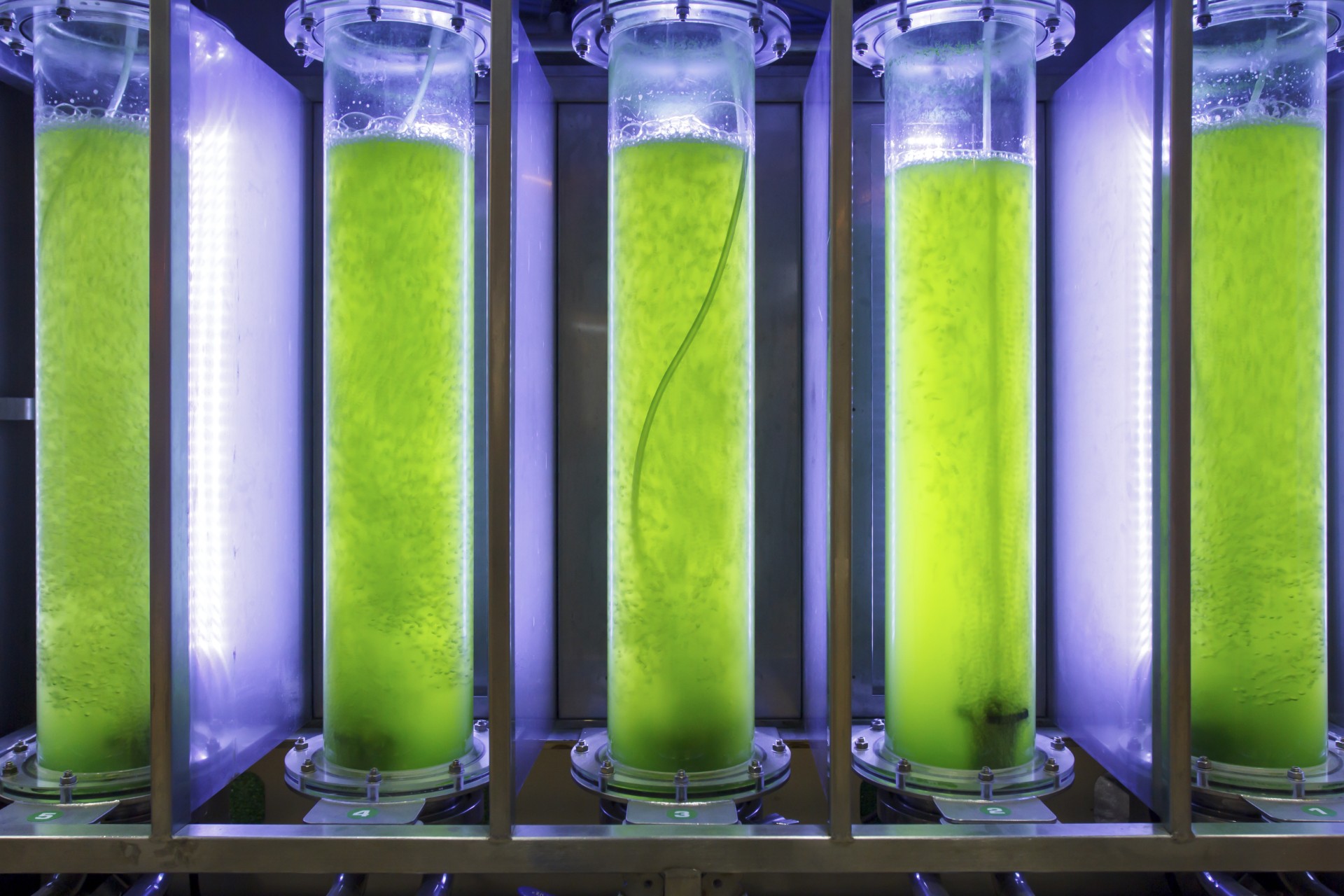
Biomass originates from plants and animals and is often burned as
fuel to heat buildings. This energy source comes in several different forms:
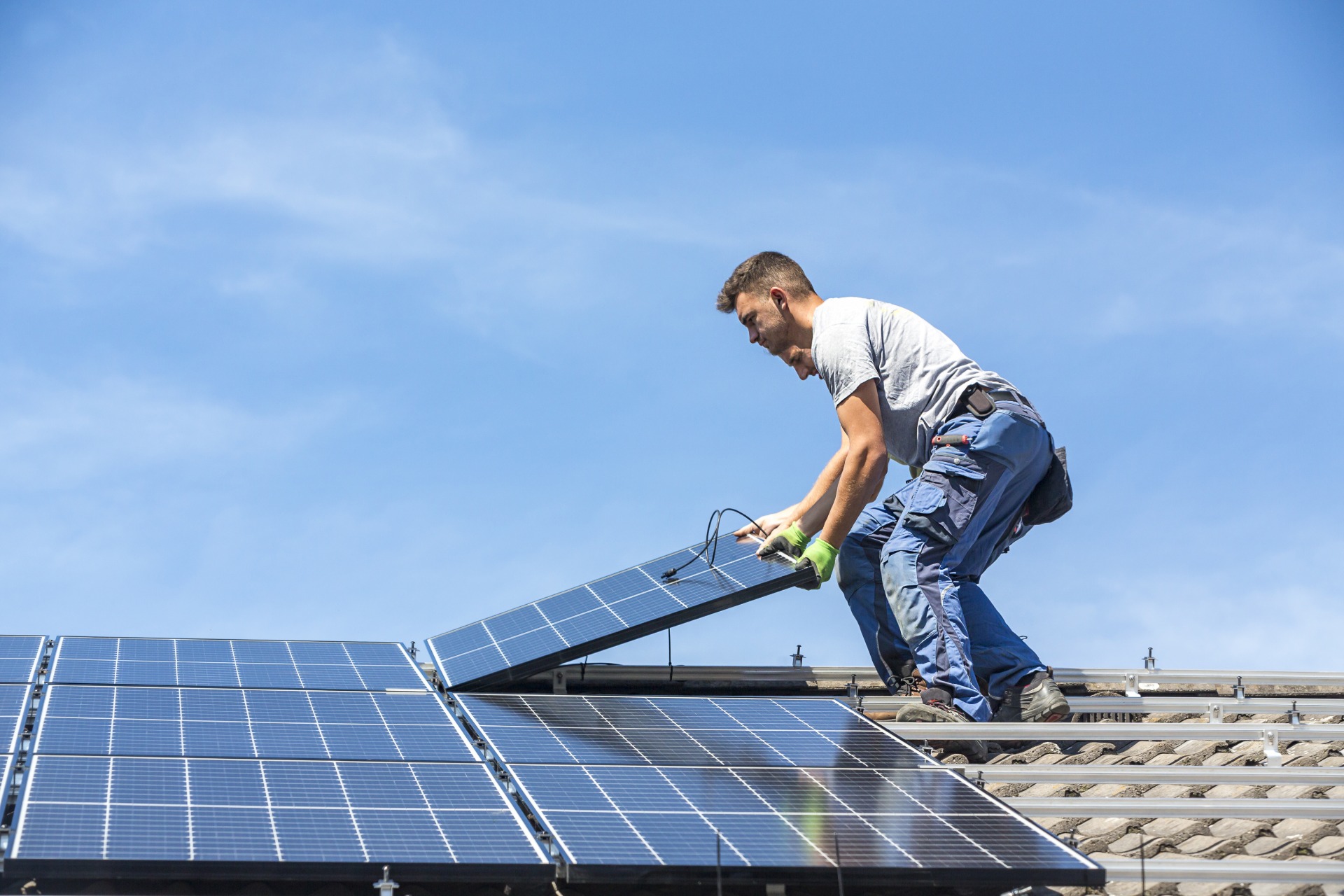
Clearly, our favorite renewable energy source, solar energy, has a
wide variety of applications, the most well-known being the photovoltaic solar
panels created by Chariot Energy and our affiliates! When exposed to sunlight,
these panels contain elements that give off their electrons. The solar panels
then capture these electrons and generate electricity to use in our
homes.
However, there are other ways to capture the sun’s energy for
human benefit, such as:
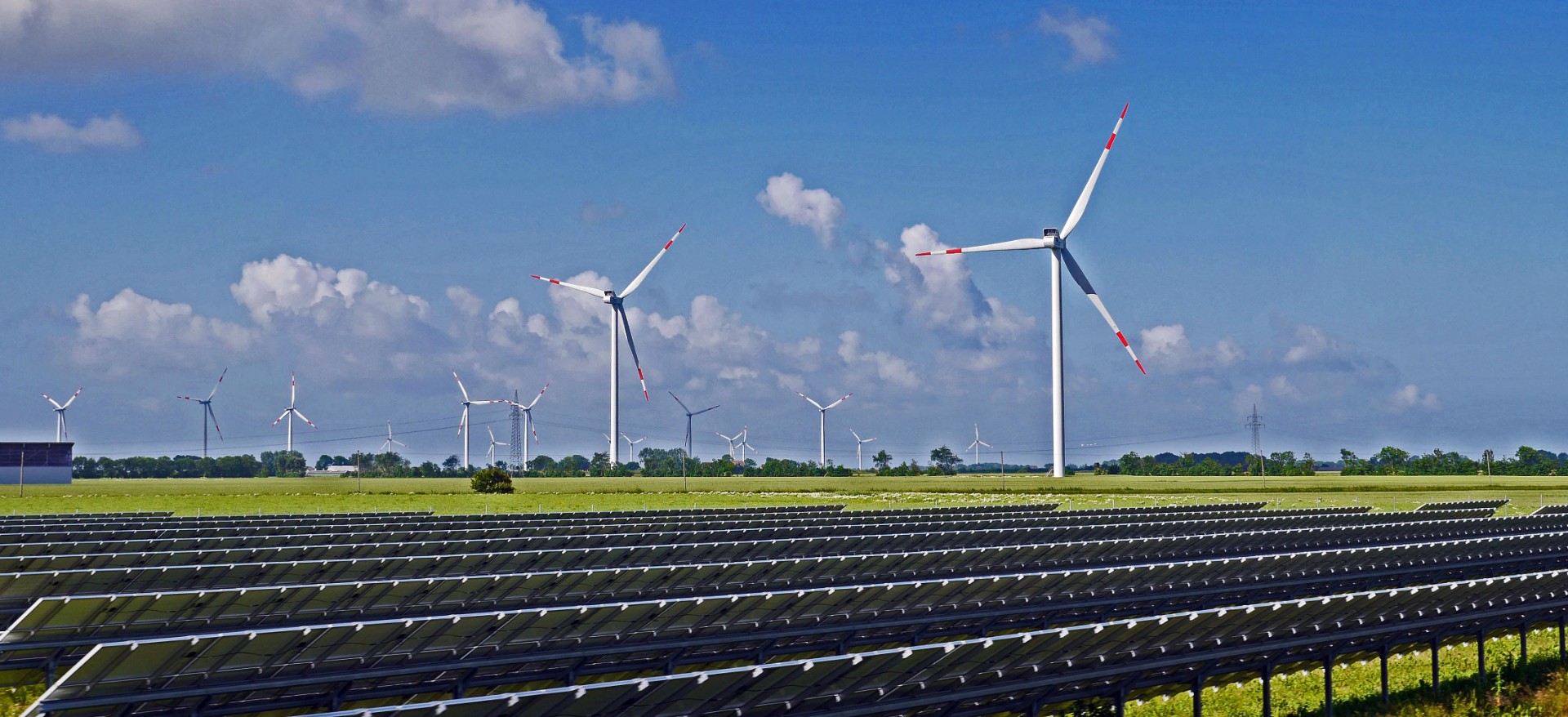
While technically its own energy source, wind is actually a byproduct of solar energy. Because the earth isn’t all land or all water, our planet’s surface heats unevenly. This uneven heating of the earth’s surface gives rise to wind energy!
Today, there are two primary uses of wind energy:
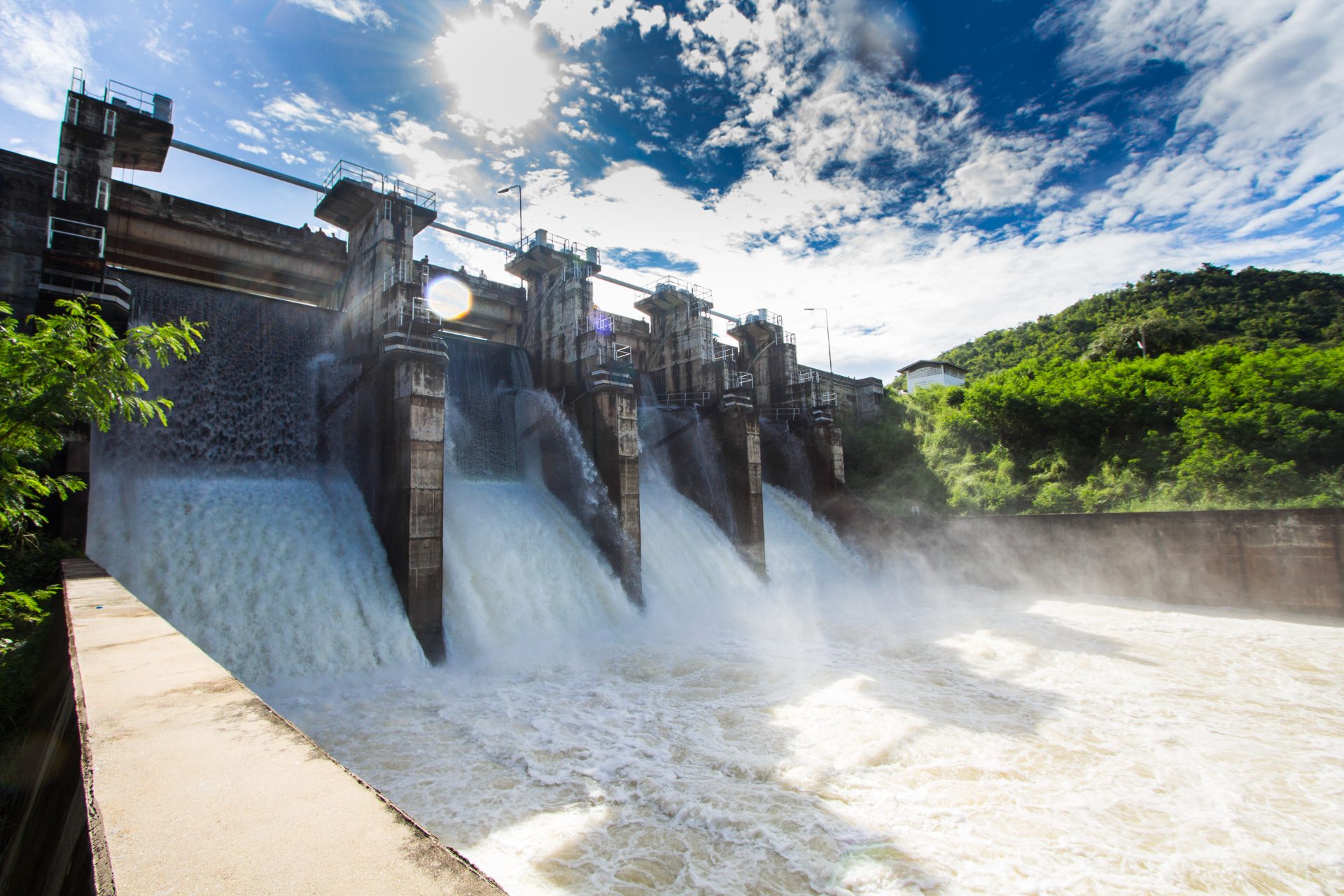
Hydropower relies on the kinetic energy from
flowing water and transforms it into electricity through spinning turbines
located in a moving body of water. But why is low-impact hydropower considered
green and large-scale not? It has to do with the environmental impact of the
hydropower in question.
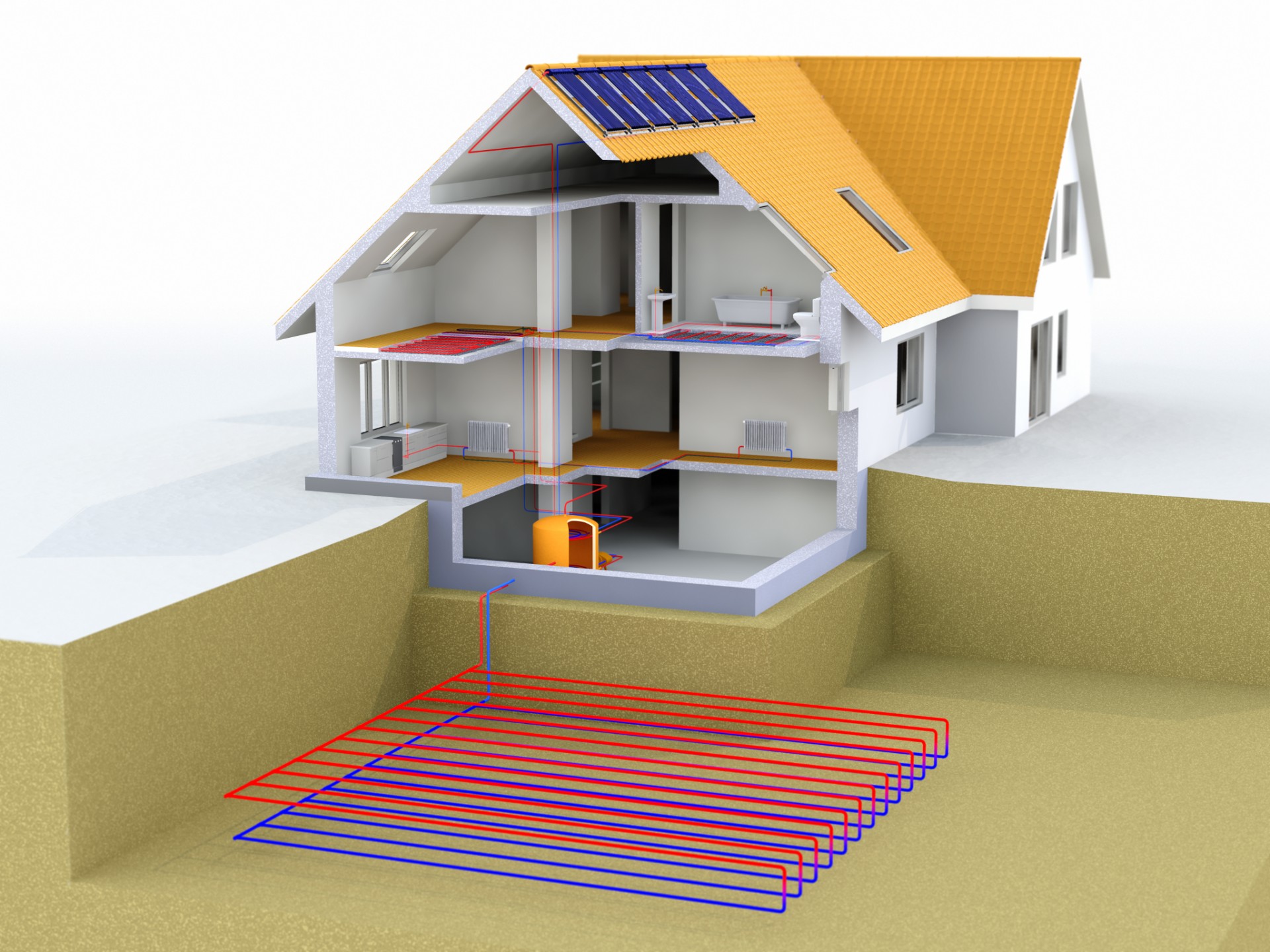
Geothermal is different from water, solar, and wind because its
energy is not derived from the sun. Rather, this ancient energy source comes in
the form of thermal energy from the earth itself. Historically, humans have
used hot springs for bathing, and we still use them today! Over time, however,
we’ve discovered three additional ways to utilize geothermal energy that
benefit our lives.
Hopefully, this introduction to renewable energy wasn’t too textbooky! We hope you now have a better understanding of what renewable energy actually is, where it comes from, and, most importantly, that not all renewable energy is green energy. This is especially important if you’re looking for energy sources that reduce your carbon footprint.
To read more on solar and the other forms of green energy, visit Chariot Univeristy.
Sources: